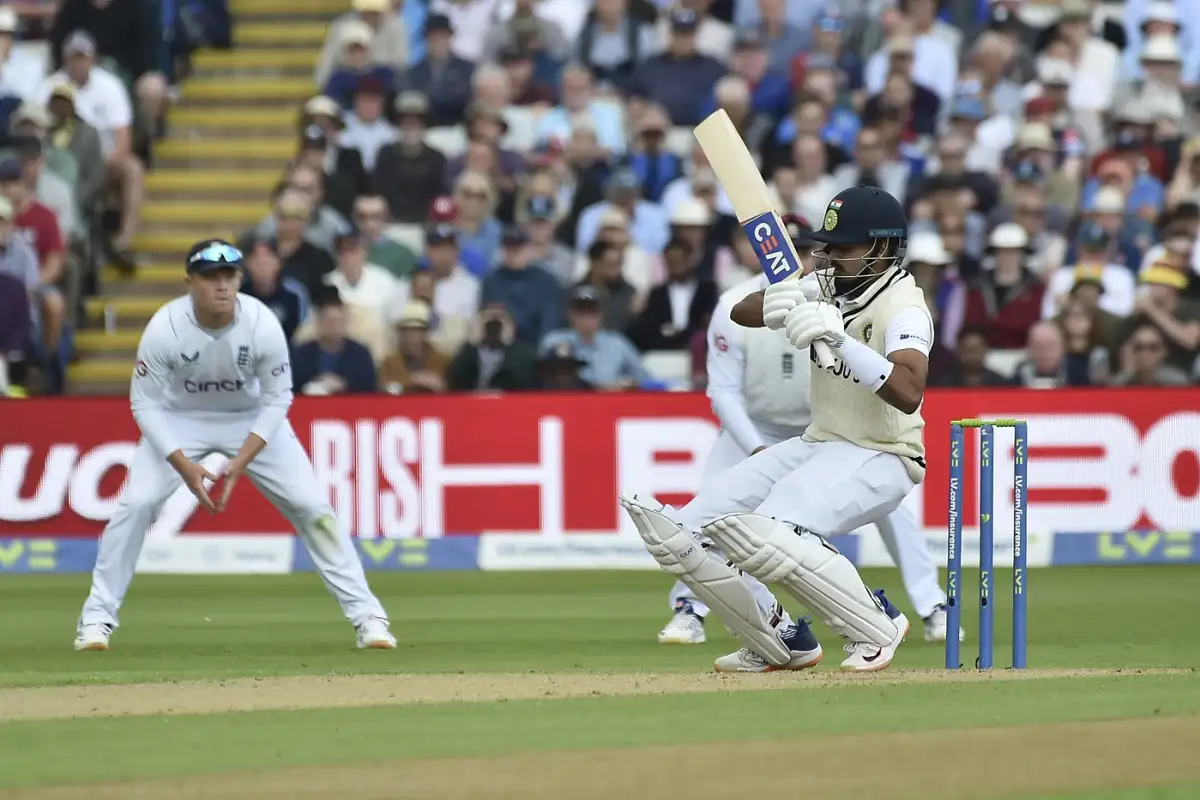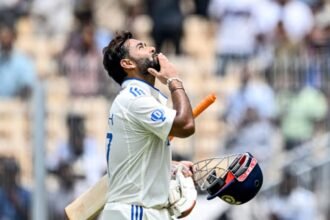Cricket is a game of contrasts, and no two formats showcase this better than Test vs. T20 Cricket. One is a battle of endurance, patience, and technical mastery, while the other is a high-speed clash requiring quick reflexes, innovation, and immediate impact. But which format truly tests a cricketer’s skills? Let’s dive deep into the comparison of Test vs. T20 Cricket to determine the ultimate challenge.
Comparing the Sprint and Marathon
Cricket tests your endurance. Players must bat over long stretches of time, bowl continuously, and maintain focus throughout the course of five demanding days. A great deal of perseverance, self-control, and mental toughness are required.
Every ball matters in T20, on the other hand, which is a fast-paced race. Batsmen must score runs fast, bowlers must be surprising, and fielders must be incredibly alert. In a short time, the emphasis switches from lifespan to impact. T20 cricket is all about explosion, but Test cricket is all about survival.
Technical Brilliance: The Real Test of Skill
In Test vs. T20 Cricket, technique plays a defining role. Test cricket is considered the gold standard for assessing a player’s technical proficiency. Batsmen must master shot selection, adapt to varying pitch conditions, and exhibit impeccable defense. Bowlers need precision, control, swing, and seam movement to outfox batsmen over extended spells.
While talent is still important in T20, the main emphasis is on innovation. Switch-hits, strange deliveries, and reverse sweeps are the game’s defining features. While Test cricket honors traditional technique, T20 cricket promotes creative stroke play and unconventional bowling.
Mental Resilience and Various Stressors
Both formats push mental toughness but in different ways. Test vs. T20 Cricket presents unique psychological challenges. Test cricket players must recover from setbacks and focus for several days, which tests their patience and resilience.
Conversely, T20 applies intense, fleeting pressure. Leaders must act quickly, bowlers must perform under challenging conditions, and batsmen have little time to unwind. Mental toughness is necessary to excel in both the fast-paced Twenty20 cricket style and the lengthy grind of Test cricket.
Adaptability: The Mark of a True Cricketer
Test cricket players must adjust to a variety of pitch conditions, including the swinging tracks of England, the bouncy wickets of Australia, and the spinning dustbowls of India.
Adaptability in Twenty20 cricket is exemplified by situational awareness, which includes controlling pressure, bowling at the last second, and quickening the pace of scoring. Test cricket requires players to adapt more gradually than T20 cricket, which requires players to react swiftly.
Fitness: Endurance vs. Agility
Adaptability defines a great cricketer. Test vs. T20 Cricket challenges players in different ways . Test cricket players must be able to sustain their performance for five days, whether they are bowling for extended periods or jogging in between wickets.
On the other hand, T20 players need to be explosively fit, which entails having quick reflexes, quick sprints, and the capacity to consistently clear boundaries. Speed and athleticism are valued more in T20 cricket than longevity is in Test cricket.
The Art of Bowling: Variability vs. Control
By creating traps and requiring mistakes, test cricket enables bowlers to gradually improve their batsmen. Accuracy, spin, swing, and seam movement are crucial.
Bowlers in T20 have to be creative all the time. Crucial equipment includes knuckleballs, yorkers, slower balls, and pace changes. T20 cricket necessitates ingenuity and deceit, but Test cricket challenges a bowler’s patience and planning.
The Role of Strategy and Captaincy
Test cricket is a game of long-term strategy. Session every session, captains must plan for prolonged pressure, rotate bowlers, and arrange the pitch.
However, T20 captaincy necessitates quick decisions. Because a single over can change the outcome of the match, captains must act fast to set up aggressive fields, optimize the batting order, and make last-minute bowling alterations. Test vs. T20 Cricket showcases different leadership skills—Test cricket demands patience, while T20 requires instant adaptability.
Entertainment Value: Instant Thrill vs. traditions
T20 is without a doubt the format with the most viewership. Sixes, quick wickets, and thrilling finishes are all part of the entertainment. Casual fans are drawn in by the fast-paced excitement.
However, test cricket offers a deeper experience. There is a certain allure to the lengthy build-up, long-standing rivalries, and strategic skirmishes. While Twenty20 cricket is like instant coffee, Test cricket is a slow-brewed cup of excellence..
What Is the Real Test Format?
Depending on how “skill” is defined, the response will vary. If skill is determined by technical mastery, persistence, and adaptability, test cricket remains the most challenging sport. Conversely, T20 is the best choice if you require quick reactions, inventiveness, and the ability to endure extreme pressure.
The greatest conclusion is probably this: a player who excels in all formats is a truly excellent cricketer. Finding the ideal balance is more important in cricket than simply being persistent or aggressive. The ability to thrive in both formats separates the good from the great.
The All-Format Cricketer’s Versatility
Steve Smith, Virat Kohli, Ben Stokes, and Jasprit Bumrah are among the cricket players who are proficient in both styles. Their seamless form-to-form transitions show that brilliance means thriving in multiple contexts rather than just one.
A flexible cricket player demonstrates an all-around command of the game by adjusting to the demands of Test cricket and the pace of T20
Read More: How to Read Cricket Pitch Like an Expert: The Science Behind Pitch Behaviour and Strategy
Conclusion
There will always be disagreements between Test and T20 cricket. The top cricket players welcome the difficulties presented by both forms, which test players’ limits in various ways. T20 cricket is the lifeblood of contemporary cricket, whereas Test cricket is the purist’s fantasy. Since variety is what makes cricket unique, let’s enjoy its beauty in all of its manifestations rather than picking sides.







